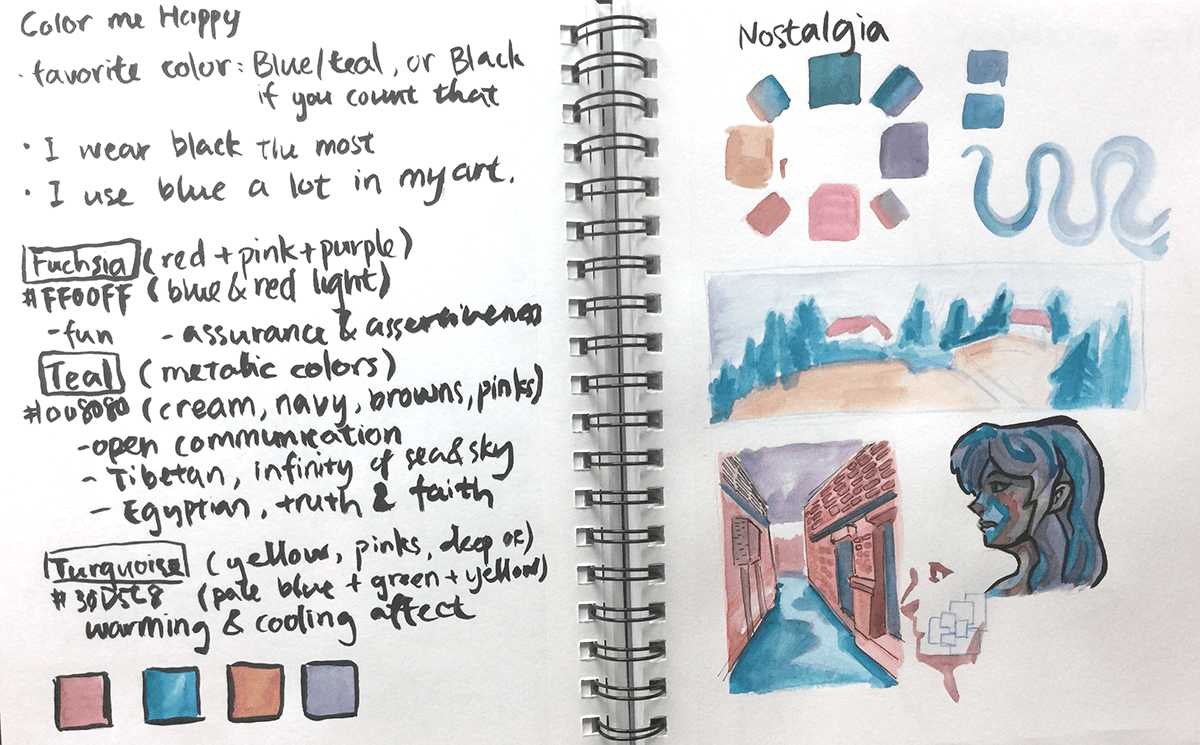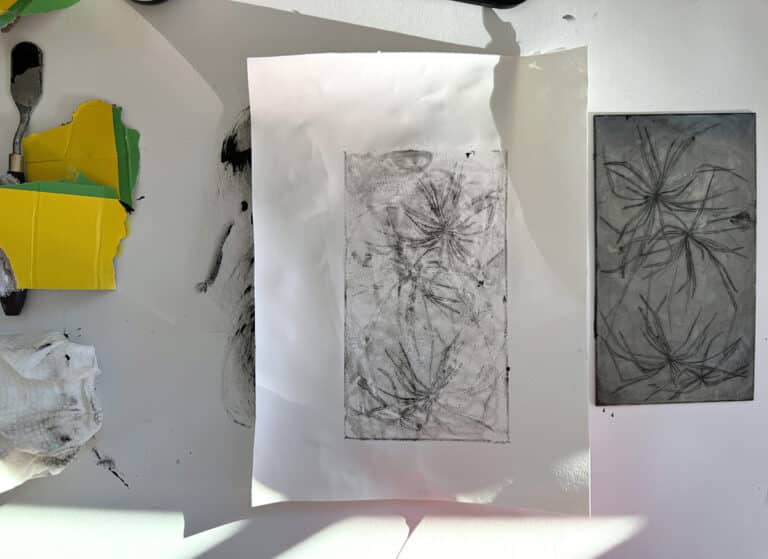Color theory is, in fact, just that—a theory. After all, everyone experiences color differently. What one person may call teal, another may call blue. Both people are technically correct. Isn’t it confusing?
This confusion and interplay between color, biology, and psychology are why color is so interesting to so many people. There are whole courses devoted to color use in marketing and branding. There is an entire field of color psychology. Color matching games are all the rage on TikTok. If you ask anyone of any age, what their favorite color is, they probably have an answer for you. Because color fascinates us as humans, a perfect way to engage your students is to have them show how they experience color.
Read on for 4 quick activities that celebrate how we all experience color in unique ways.
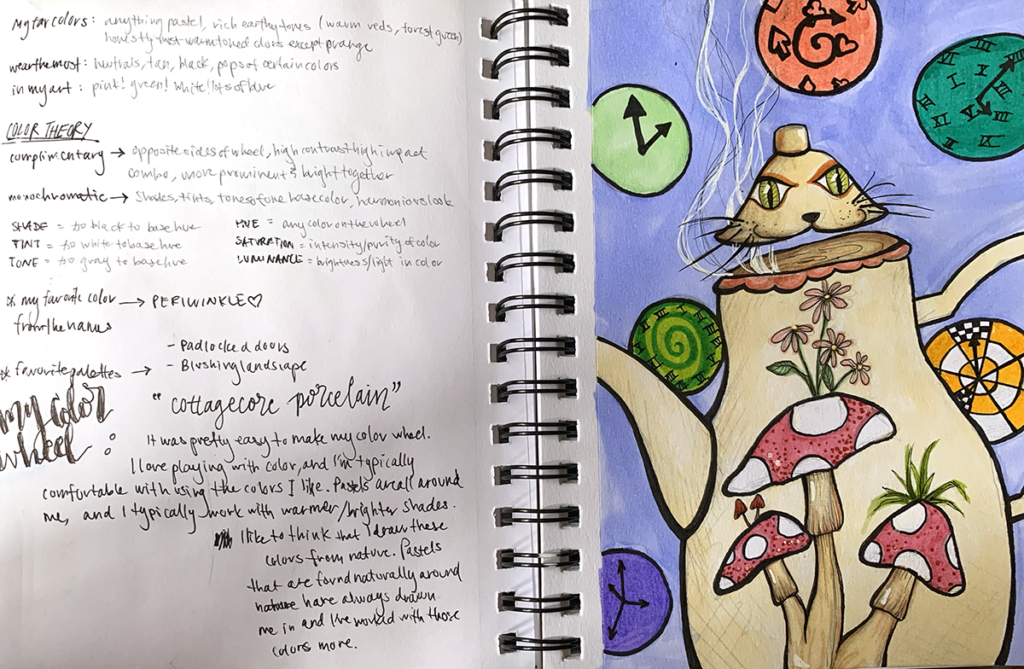
But first, why do we experience color differently?
Let’s briefly get into the science of color. “The human eye and brain together translate light into color. Light receptors within the eye transmit messages to the brain, which produces the familiar sensations of color.” Light reflected off an object travels to the eye. It then passes through to the retina, which is covered with light-receptive cells called rods and cones. Since there are millions of these cells on your retinas, the actual number of cones varies from person to person. Since everyone doesn’t have the same number of cones, we all experience color slightly differently.
Another reason we experience color differently is because of our cultures and surroundings. For example, people who grew up in the 1990s say the combination of pink, teal, yellow, and purple feels nostalgic for them. This may be because so many objects and brands used those colors in the 1990s. Different cultures and linguistic communities also have ways they categorize color. For example, take the color red. In China, red is considered a lucky color. In South Africa, it is a color of mourning. In the US economic sector, being “in the red” is not desirable.
National colors can also contribute to how we experience color due to our culture and surroundings. In the United States, the combination of red, white, and blue is considered truly American. Twenty-eight other countries also have a red, white, and blue national flag. While red, white, and blue may mean pride in the USA, it means pride in being French in France.
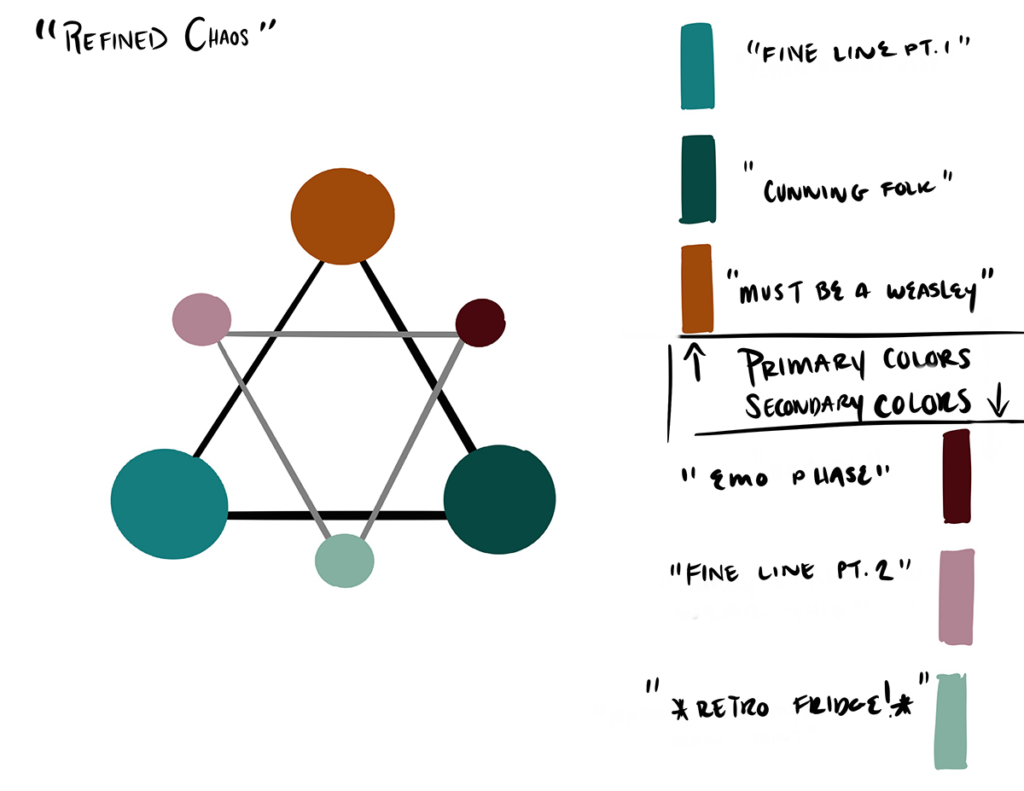
We may have personal associations with colors. Maybe your favorite aunt has pink hair, so that color reminds you of fondness. Or, your mean neighbor lives in a baby-blue house, so you associate that color with dread. Perhaps you learned how to drive in a scarlet minivan, so dark reds make you feel nostalgic and bring you back to your teens. These personal associations are difficult to predict, as they are as unique as each person.
KQED has a brief yet in-depth video that investigates what color is and how people see and use it. Share it with your students for a quick overview of these concepts.
Now let’s learn about 4 different activities your students can use to share how they experience color.
1. Create and compare found color wheels.
Provide students with plenty of collage materials and a firm circular surface to which they can attach their collages. Challenge students to create their color wheel with found colors from magazines, calendars, and advertisements. Demonstrate how you can look at images and find certain colors rather than focusing on the picture as a whole. Students may cut or tear out their colors and adhere them to their surfaces. For more of a challenge, have students use a gradient so each color transitions into another instead of having each color in a separate “slice” of the wheel. Once students finish, have students form small groups and compare their color wheels.
Ask students to discuss the following questions as a small group:
- How are your color wheels the same?
- How are your color wheels different?
- Which color was the easiest for you to find? Why do you think so?
- Which color was the hardest for you to find? Why do you think so?
2. Tap into emotions with a color mixing challenge.
Have you ever wondered what a “melancholy red” or a “joyful teal” looks like? Ask your students! Prepare a list of ten emotions. Students will use a medium that can easily blend colors (such as paint or oil pastel) to create their custom color response to each emotion.
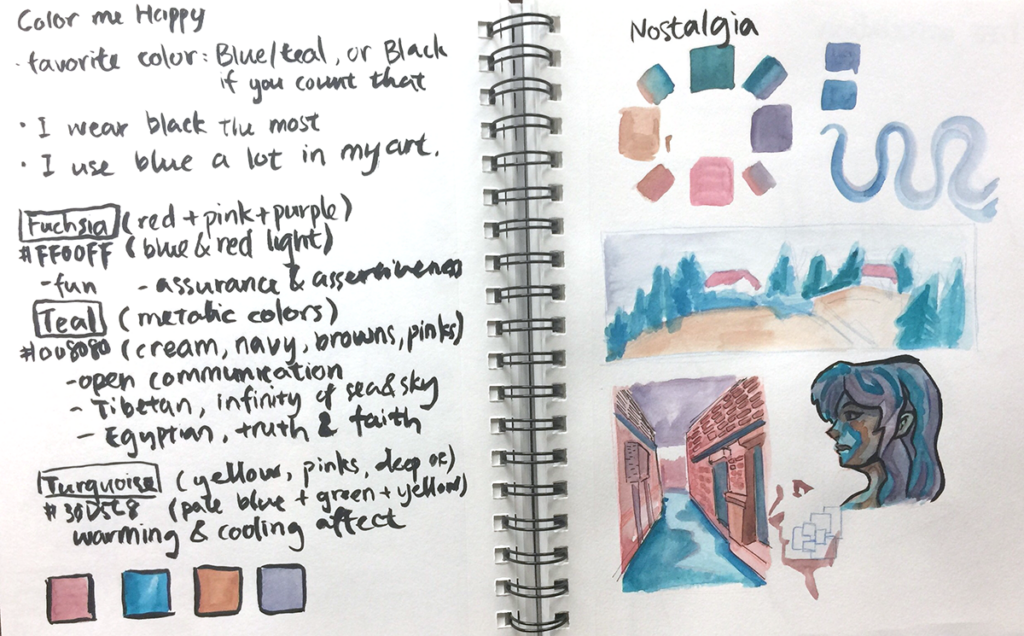
Once students are done mixing, have them meet as a small group to discuss the following questions:
- Looking at each emotion one at a time, which color response is the most similar out of your group?
- Looking at each emotion one at a time, which color response is the most unique in your group?
- How did you use tint, shade, and tone to create this color response?
- What associations do you have with this color to tie it to the given emotion?
- Which color response was the most surprising to you? Why?
- Which emotion was the most challenging to depict in color? How so?
3. Get outside for a color mixing challenge.
Each student will grab some scrap watercolor paper and palette, a water cup, something to write with, and a brush. Pair students together and go outside! Challenge them to choose at least five different colors they can see. Students mix watercolors to match the five colors they observed. For each swatch, students write down how they mixed the specific color. As an added challenge, students can test one another. One student shares the swatch of color they made, and their partner can try to mix the same color.
Check out this fun color mixing game if your students can’t get enough color mixing.
4. Choose a signature color.
Every year, Pantone chooses a Color of the Year. So why shouldn’t your students? Prompt students to select their signature color. Remind students it doesn’t have to be their favorite color. Maybe it is their “go-to” color for clothing or the tube of paint they reach for most often. They can use traditional materials to find this color or online tools like Canva’s Color Palette Generator or Google’s Color Picker. Once they settle on a color, students research what the color (or similar colors) represents in different contexts. Lastly, prompt them to write a short explanation about how they decided on their color, what they learned about it, and why it is “their” color.
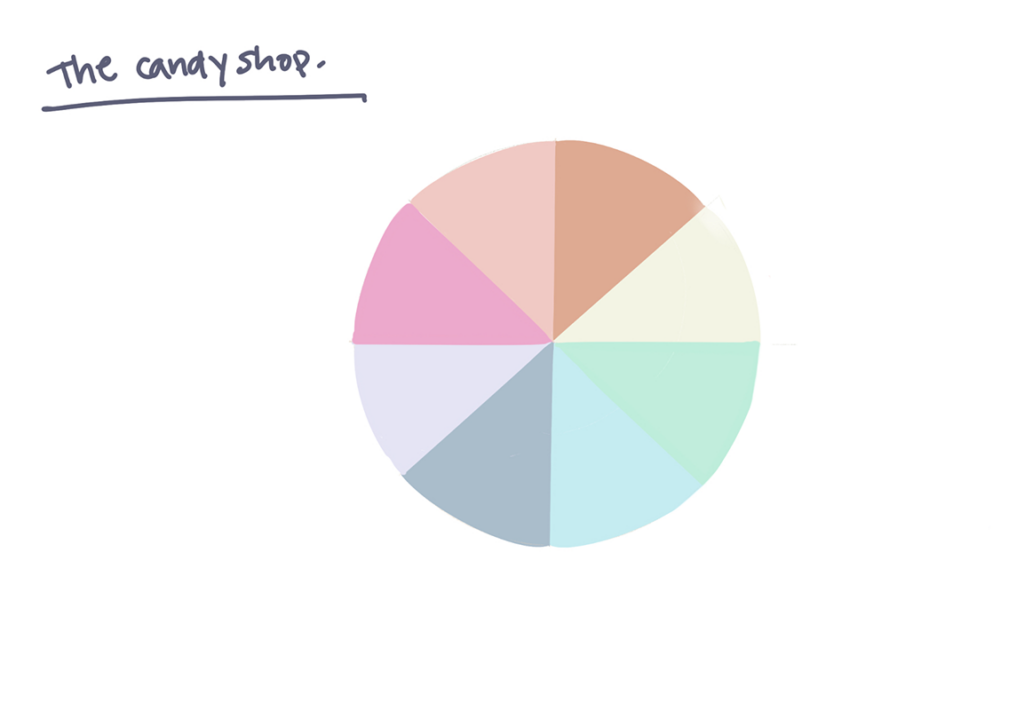
The intricacies and individuality of how each person interacts with and experiences color are intriguing. Learning how and why you feel certain ways about specific colors can unlock more information about you and the world around you. Share with students how color theory is more than just a color mixing equation. Empower your students to take ownership of their artmaking by diving deeper into color theory with these four quick activities.
For more one-day art lesson ideas, check out this compilation.
Do you want to immerse yourself in color theory? Check out our FLEX and PRO resources below:
- Innovating with Digital Color Lesson in FLEX Curriculum
- Applied Color Theory Lesson in FLEX Curriculum
- Diving Deep Into Color Theory Pack in PRO Learning
How do you expand beyond the traditional color wheel with your students?
Which of the above activities will be the most successful for your students?
Magazine articles and podcasts are opinions of professional education contributors and do not necessarily represent the position of the Art of Education University (AOEU) or its academic offerings. Contributors use terms in the way they are most often talked about in the scope of their educational experiences.
